Going off-piste in a conflict zone
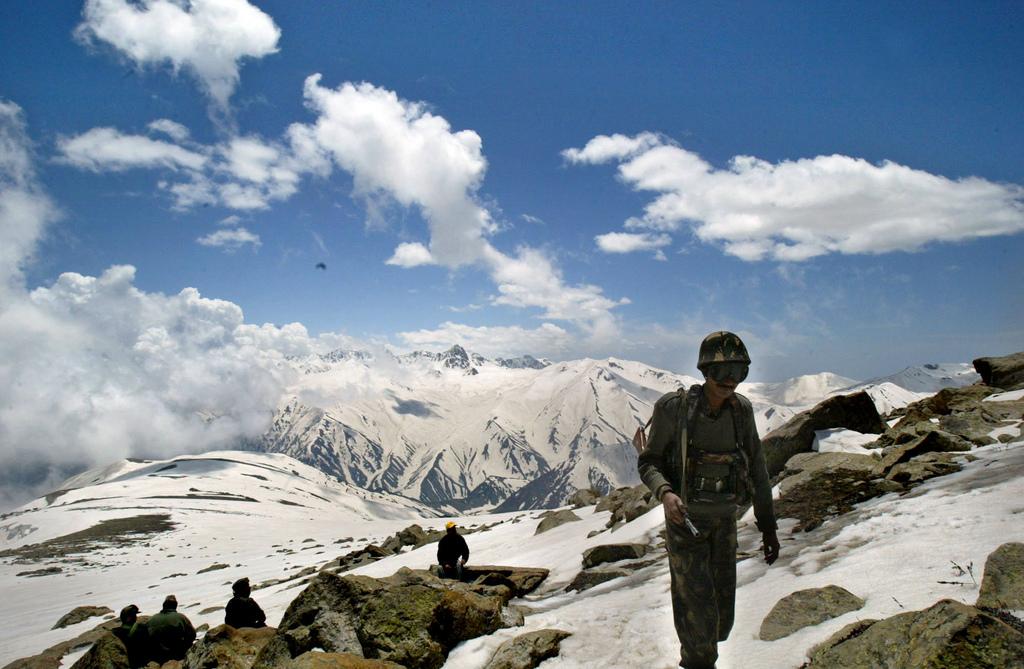
Lured by virgin snow, adventurous skiers are ignoring travel advisories to stay away from the conflict prone Kashmir valley in northern India. Could this be the ski world’s best kept secret?
Hans Solmssen is living the good life. The Hawaii native, who looks at least ten years younger than his 58 years, is a ski guide in the upmarket Swiss ski resort of Verbier. He’s just back from guiding clients on a heli-skiing trip to Valgrisenche in Italy’s Aosta valley. Solmssen specialises in off-piste skiing trips for clients who want to get away from the madding crowd, something that is getting harder every year.
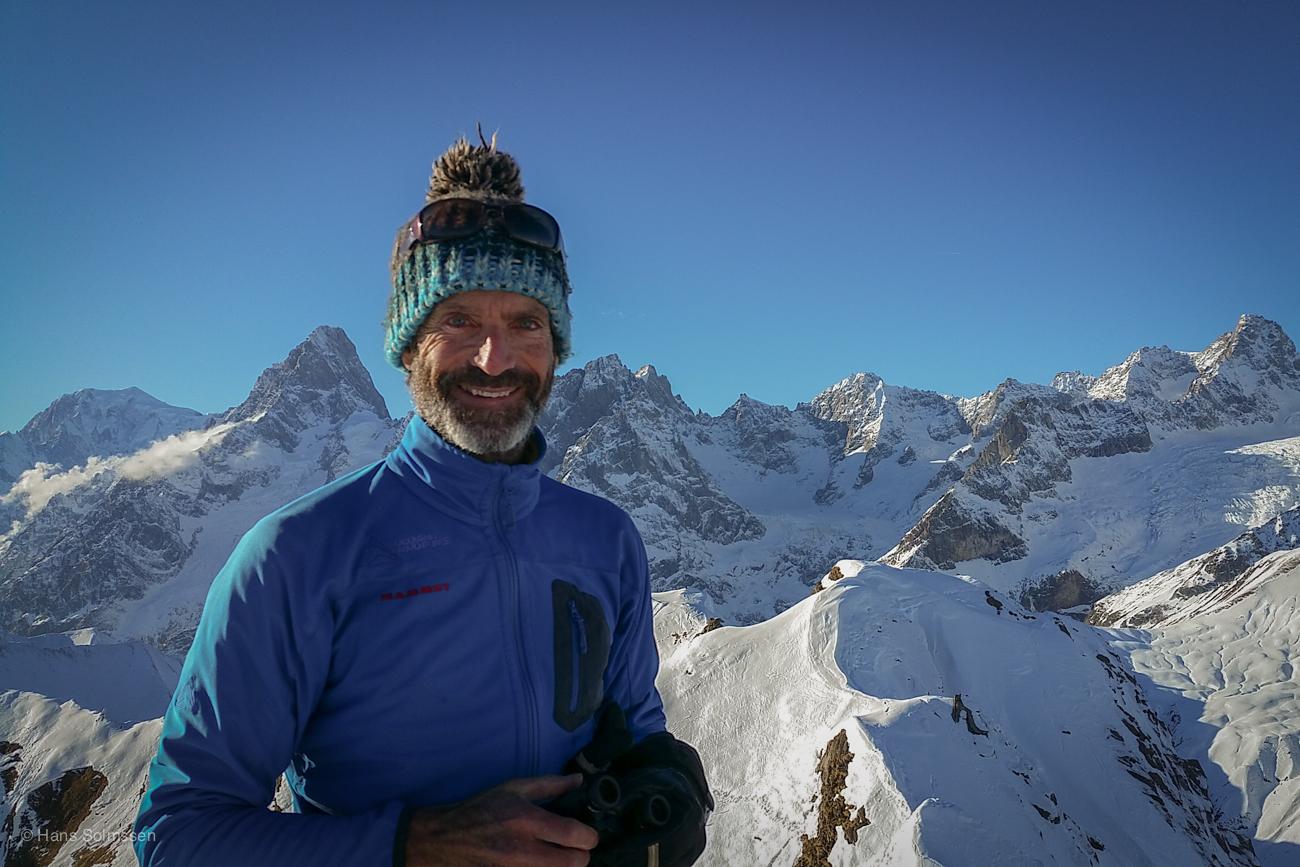
“The challenge now is to find more quiet places,” he told swissinfo.ch. “It has made guiding more interesting because you’re looking further afield and offering ski safari trips.”
Solmssen in no stranger to offbeat destinations. Almost two decades ago, his taste for adventure and quest for new experiences took him to India. After indulging in a couple of climbing expeditions in the Himalayas, he visited the northern Indian state of Kashmir after a friend and fellow guide recommended the place to him. He’s been guiding groups on annual ski tours to Kashmir for 15 years now.
“Kashmir has become much more popular since I first started guiding clients there, he says. “All sorts of people go there from ski bums to people who own chalets in Verbier and want to experience something new.”
Back in business
In 2000, former US president Bill Clinton called Kashmir “the most dangerous place on earth”. Armed insurgency broke out against India in the Muslim-majority Kashmir valley in 1989 which has claimed over 90,000 lives so far. Tensions between India and Pakistan reached boiling point in 1999 leading to the Kargil war, and Kashmir was transformed from a holiday idyll to a battleground.
Pine-fringed Gulmarg, a Himalayan outpost deep in the Kashmir valley, was badly affected. Tourists from across the world would come here to soak up the Himalayan vistas – as seen from the world’s highest-altitude gondola-serviced ski runs. The daily violence kept tourists away from the valley for the better part of the last two decades.
Even today, the Swiss travel advisoryExternal link cautions against visiting the region.
“It is not recommended to travel to Jammu and Kashmir, including the Kashmir valley,” it states pointing to violence during protests and the military’s free reign to use force.
The situation has eased in the last few years. Tourists have returned and are eager to soak up the famed tranquillity of Kashmir, which is often dubbed a “mini Switzerland” because of its beautiful landscape and topography.
In 2014, over a million tourists visited the state of Jammu & Kashmir, of which around 50,000 were from countries like Germany, Britain, Switzerland and Australia. Many come to ski and it is estimated that 3,000 to 4,000 foreign skiers, mostly from European countries make the journey to enjoy Kashmir’s ski slopes.
“It is probably one of the safest places in the world to go skiing because you are surrounded by a lot of Indian military,” says Solmssen. “There are some problems in Srinagar [the state capital] in summer but it is very quiet in winter when we go.”
The Verbier-based ski guide added that he’d be more frightened in New York City than in Kashmir.
The revival of skiing is good news for local ski guides who earn between $40 to 100 (CHF40 to 100) a day and those working for ski companies or foreign ski tours earn between $600 to1000 a month.
Snow and culture
Ski snobs love Gulmarg because it gets some of the heaviest snowfalls in the Himalayas. The high altitude snow remains cold, crisp and light for days on end.
“Skiing-wise the route from the birch trees above the mid-station to Gulmarg is great after a half a day of snowing,” says Solmssen. “When people talk about bottomless powder, it doesn’t happen much these days and Kashmir offers you that.”
Gulmarg is also fairly easy to get to compared with other places in the western Himalayas.
“It is just one and a half hours by plane from Delhi to Srinagar and a one hour drive to Gulmarg from Srinagar,” says Mehmood Ahmad Shah, director of Kashmir’s tourism department and an avid skier himself. According to him, Gulmarg is the cheapest ski destination available anywhere in Asia.
The Gulmarg Gondola is one of the highest ropeways in the world. The first section takes skiers to Kongdori at 2,600m and the second section drops them off at Apharwat mountain at 4,000m from where one can enjoy 5km of downhill ski runs.
Safety measures have improved after a Swiss skier was killed in 2014 by an avalanche during back country skiing outside the resort’s boundaries. Fully-fledged ski patrol teams monitor avalanche risks and medical staff equipped with snowmobiles are on standby in case of emergencies.
But Solmssen is not too keen on attempts to make Gulmarg into an Indian version of Verbier or Aspen. He enjoys the “Indianness” of the Kashmiri ski experience which he thinks is its unique selling point. The ski guide particularly relishes the region’s colonial-era hotels, traditional houseboats on Lake Dal and hearty curries.
“I am always wary of improvements because it often changes the character of the place,” he says. “I think it is really nice the way it is.”
The ski resort of Gulmarg, around 50km from Srinagar, the summer capital of Indian Administered Kashmir, first came on the ski map of the world in 1927 when two British Army Officers, Major Headow and Major Metcarp established the Ski Club of India here. It soon became popular with British Army officers and civil servants posted in colonial India.
The introduction of heli-Skiing has given a boost to skiing in Kashmir. The original father of extreme skiing, Swiss born Sylvain Sudan, used to bring skiers from around the world to Kashmir even during peak militancy years. He had a narrow escape in Kashmir after his helicopter crashed in a mountain range in 2007.

In compliance with the JTI standards
More: SWI swissinfo.ch certified by the Journalism Trust Initiative

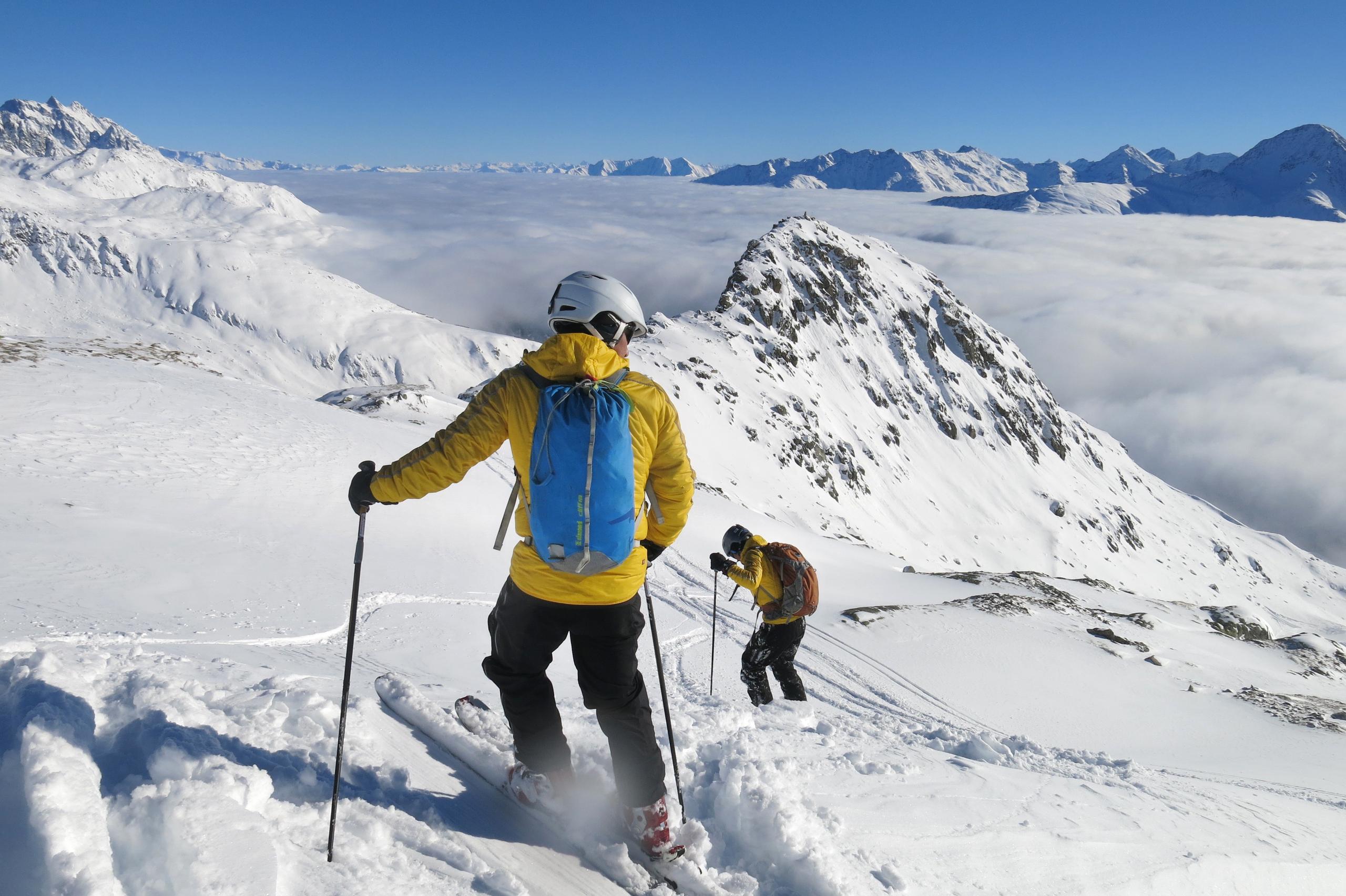

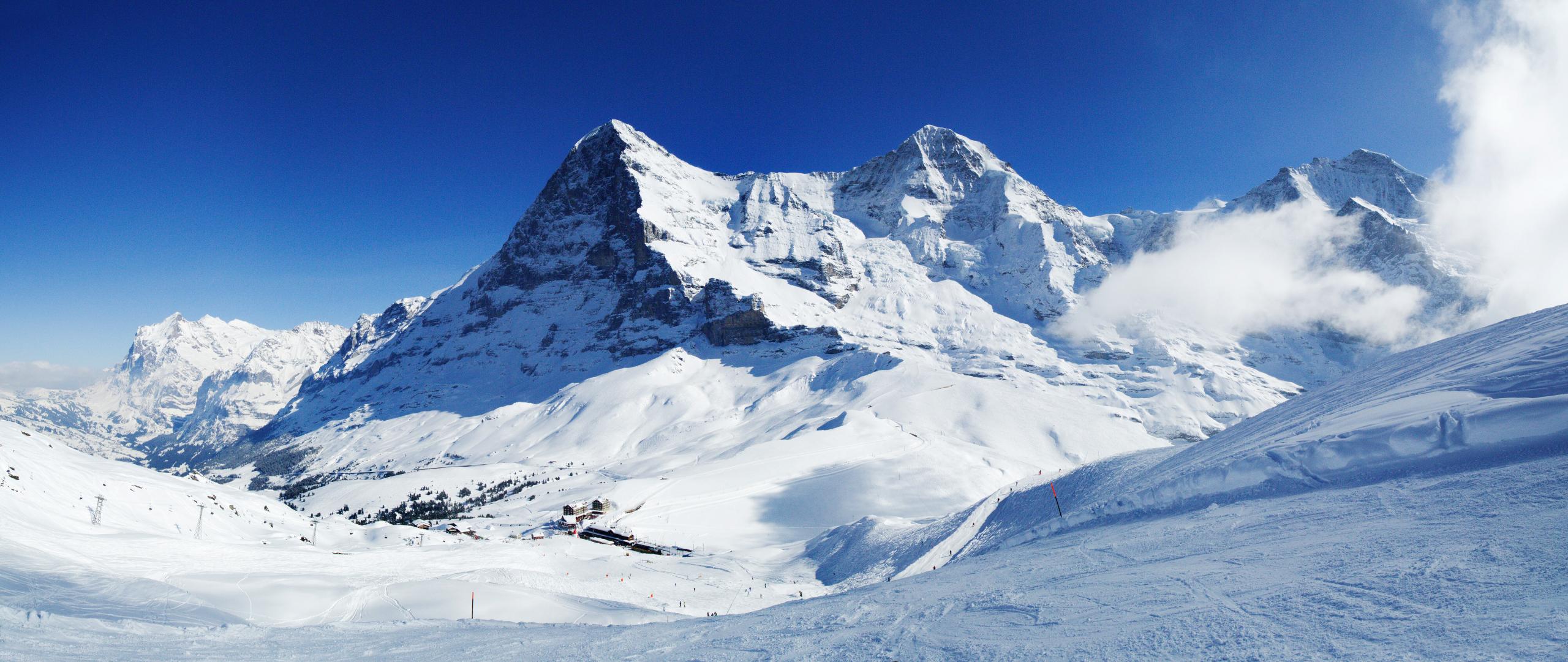
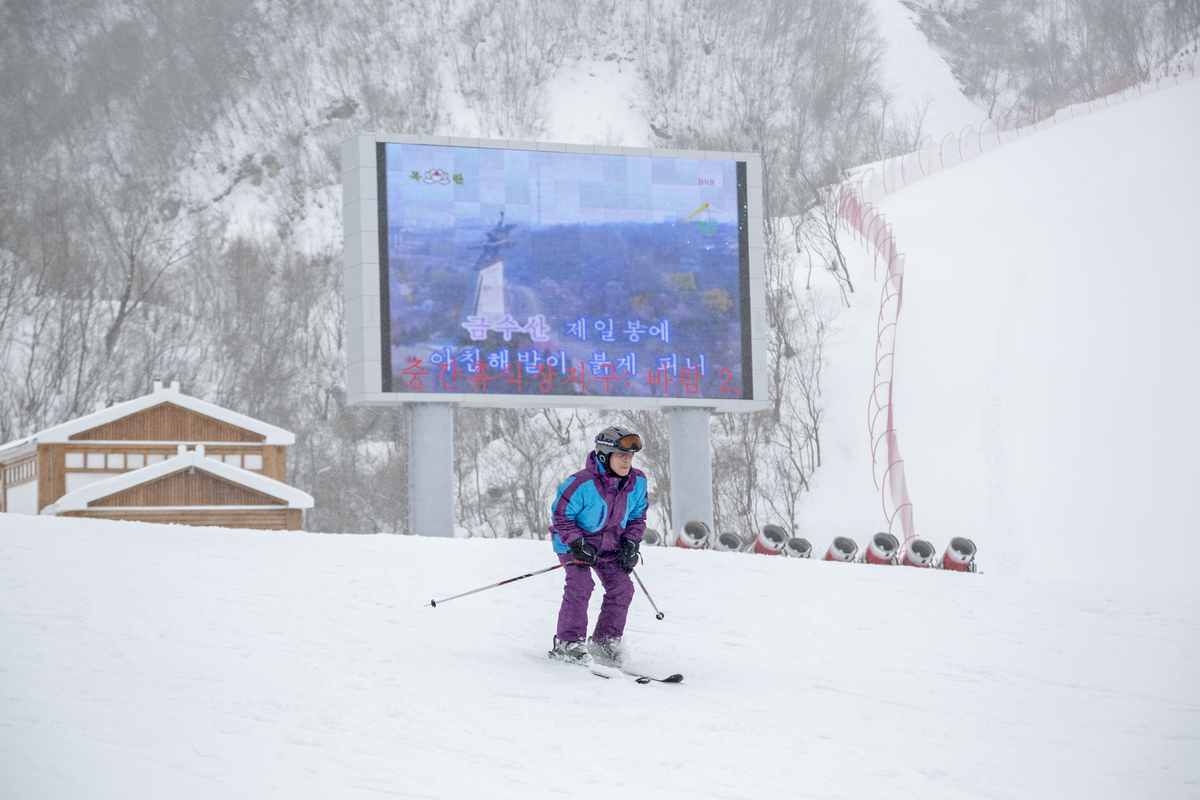
You can find an overview of ongoing debates with our journalists here. Please join us!
If you want to start a conversation about a topic raised in this article or want to report factual errors, email us at english@swissinfo.ch.